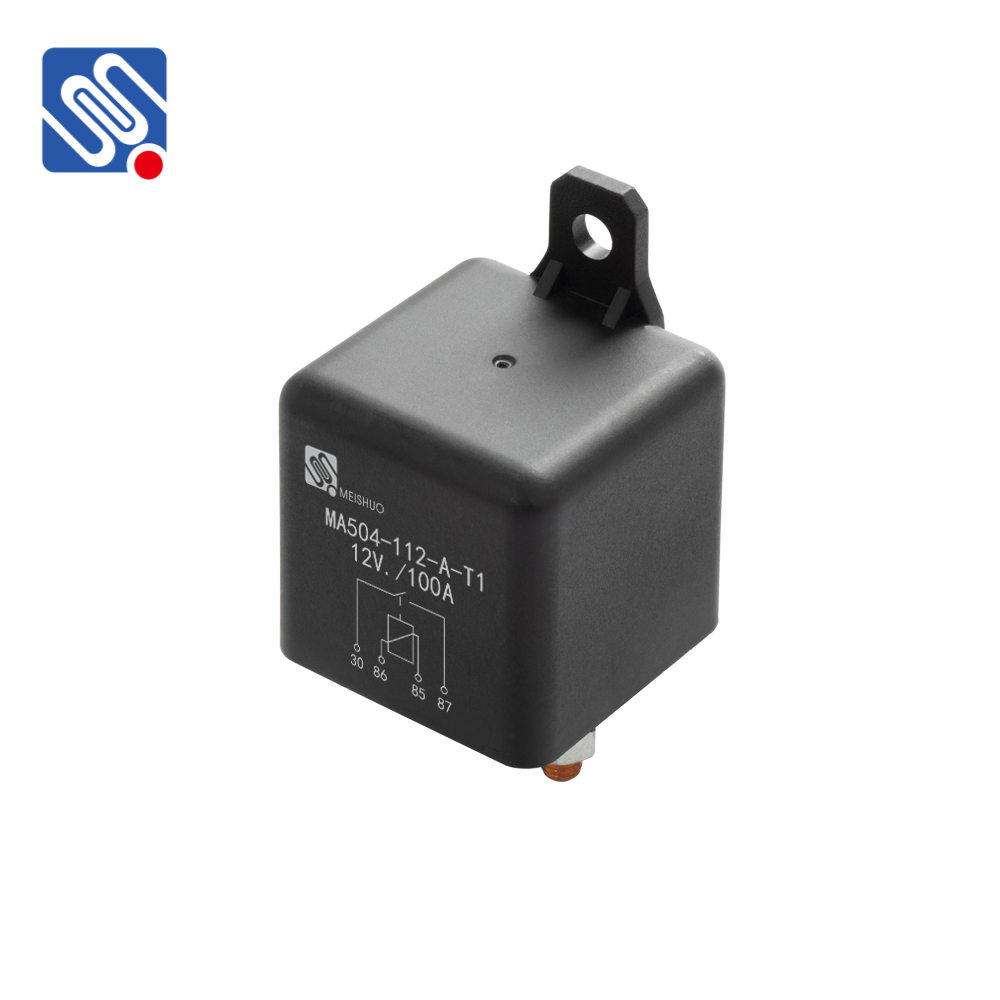understanding relay load: an insight into meishuo’s technological innovations
Release time:2025-06-14 08:13:46
Relay load, a critical concept in electrical and electronic engineering, refers to the load or power that is managed by a relay. In simpler terms, a relay acts as an electrical switch that opens and closes circuits by using an electromagnet to control the connection between two or more electrical circuits. Relay systems are widely used in various applications, from basic home automation to complex industrial processes. However, one company that stands out in the development and deployment of relay load technologies is Meishuo.

Meishuo, a leader in the relay and automation industry, has revolutionized the way relay systems manage loads. Their cutting-edge designs and efficient solutions have made significant strides in improving the reliability and efficiency of relay operations in different industries. Meishuo’s technological innovations have made it easier for engineers and technicians to optimize energy usage, automate processes, and ensure safety.
The Basics of Relay Load
A relay works by switching the load on and off using a magnetic field generated by an electric current. The relay’s load is the electrical load it switches, which can be a simple lamp, motor, or even a complex circuit in industrial applications. By controlling the relay with low power signals, the relay allows high-power devices to be controlled without the need for direct human interaction or physical switches.

